 Social entrepreneur is has becoming an ever growing business. Solar sister, one of the most successful social entrepreneurs, is a gender-focused social enterprise with the triple bottom line at its core. Solar Sister empowers women with more economic opportunities. The women-centred direct sales network brings solar technology to the people in rid Uganda, Rwanda and Sudan. People there can use a more health source of light instead of the dangerous and unhealthy kerosene lamps.
Social entrepreneur is has becoming an ever growing business. Solar sister, one of the most successful social entrepreneurs, is a gender-focused social enterprise with the triple bottom line at its core. Solar Sister empowers women with more economic opportunities. The women-centred direct sales network brings solar technology to the people in rid Uganda, Rwanda and Sudan. People there can use a more health source of light instead of the dangerous and unhealthy kerosene lamps.
In my point of view, the Solar Sisters brings lights, hope and opportunity to the communities. Not only do they care about making profit, more importantly, they care about the wellness of the community. I think all entrepreneurs should learn from the Solar Sisters is that it created shared value. As we go into social entrepreneur, the triple bottom lines should be the centre of the business. Solar Sisters has become one of the most successful entrepreneurs due to the fact that they see the opportunities others did not see, and that they truly cares about the community. That is something we need to learn while we are at the Sauder School of Business and in our lives.
Resources:
ASHOKA: Katherine Lucey Becomes Ashoka Fellow for her Work in East Africa | Ashoka Innovators for the Public
Art SUMO: 10 of Our Favourite Social Enterprises



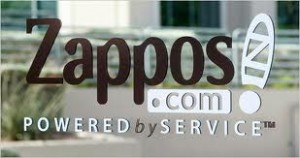




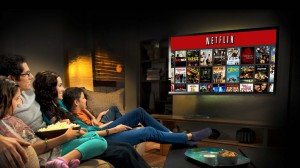



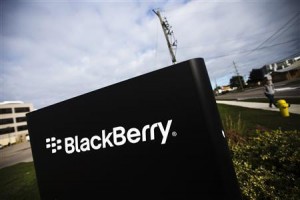

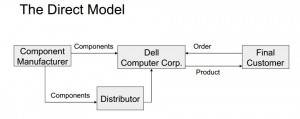
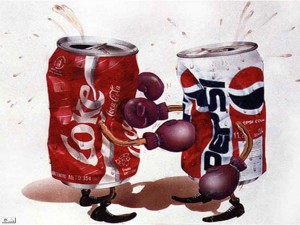
Recent Comments